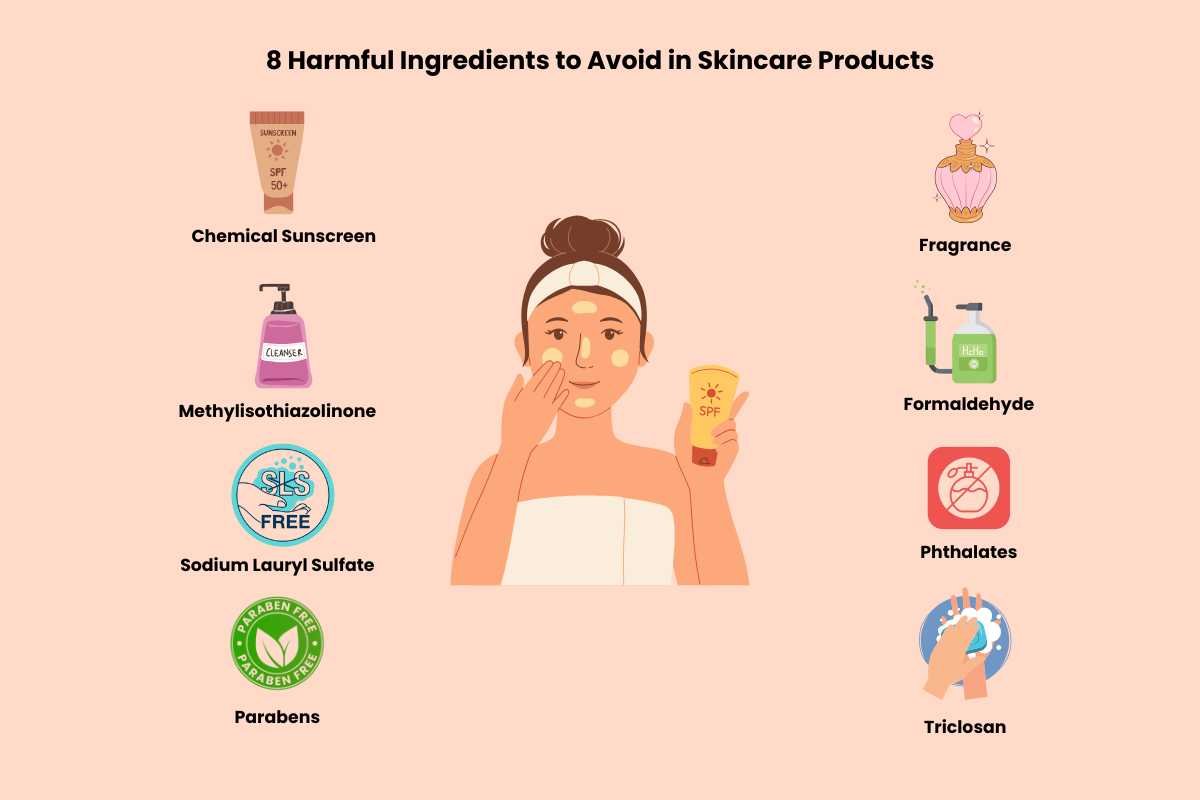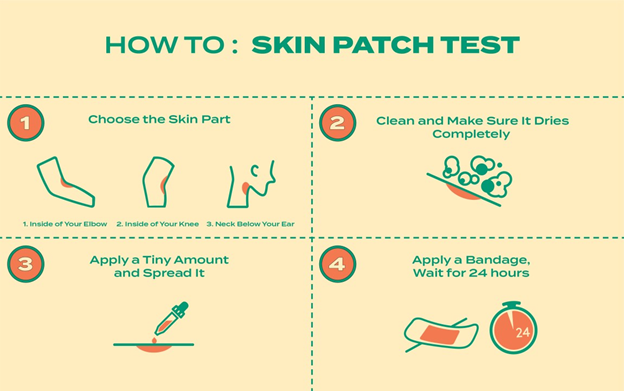The Rise of Gender-Neutral Aesthetic Grooming Products:
In recent years, the beauty and grooming industry has witnessed a transformative shift — the rise of gender-neutral aesthetic grooming products. Traditionally, grooming items have been marketed with clear gender divides: rugged and musky for men, soft and floral for women. However, today’s consumers are rejecting those outdated norms in favor of products that prioritize inclusivity, functionality, and design over gender stereotypes.
One of the key drivers of this movement is a growing cultural awareness and acceptance of gender diversity. People are looking for products that reflect their individual identity, not one dictated by traditional labels. Gender-neutral grooming items often feature minimalist packaging, subtle scents, and universal formulas that work for all skin types — appealing to a broad audience without the need for gender-specific branding.
These products also reflect a deeper shift toward sustainable and ethical beauty. Many gender-neutral brands are focusing on clean ingredients, eco-friendly packaging, and cruelty-free testing, aligning with the values of modern, conscious consumers.
The aesthetic appeal of these products also plays a big role. With sleek, modern designs and neutral tones, genderless grooming products are not just functional — they’re display-worthy additions to any shelf or bathroom counter. This emphasis on visual appeal further breaks the mold, allowing individuals to curate their routines in a way that feels personal and empowering.
As the grooming industry continues to evolve, gender-neutral products are not just a trend — they represent a new standard of beauty and care, one that celebrates simplicity, authenticity, and inclusivity.
.webp)
.webp)












.webp)








.webp)

